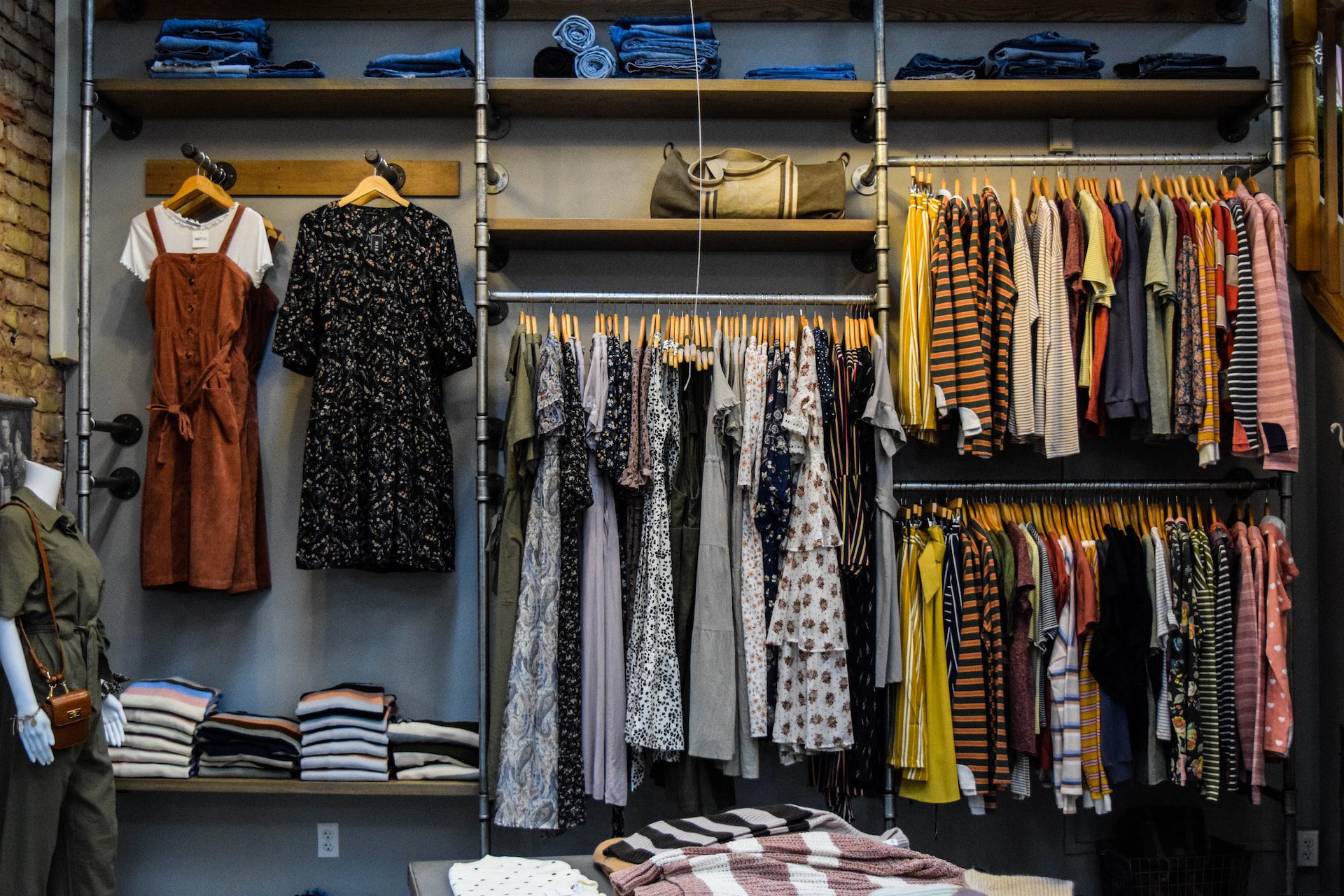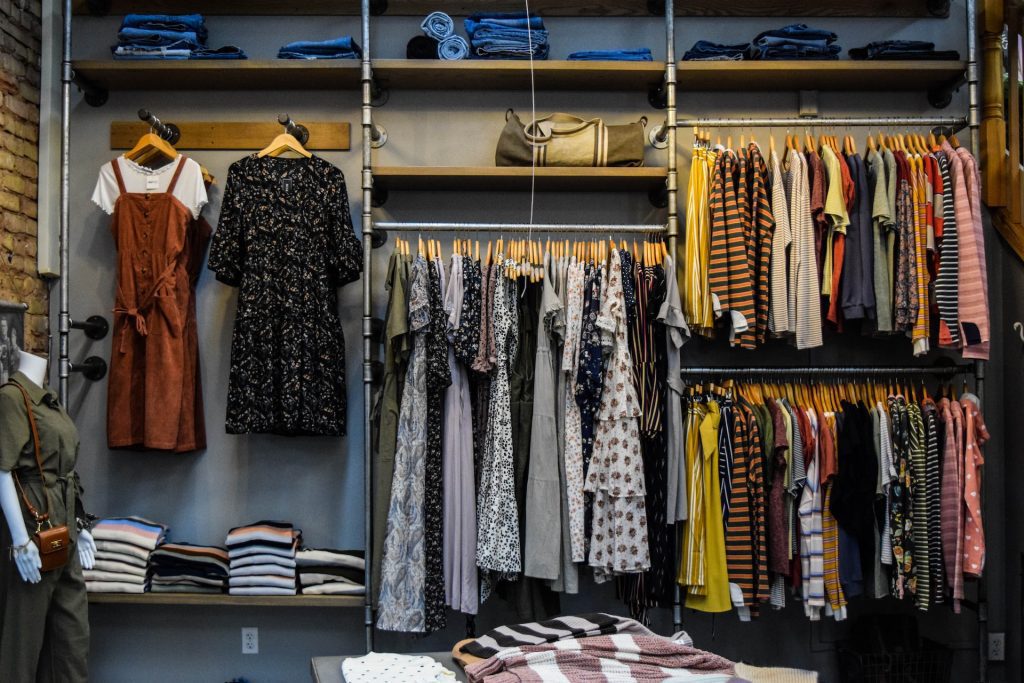The last twelve months has seen consumers take an increased interest in sustainable fashion. This trend for greener dressing has been primarily driven by second-hand clothing platforms such as Vinted and celebrities endorsing the idea of repurposing. However, choosing clothing made from eco-friendly materials is just as important – if not more so – as prioritising pre-owned pieces.

The impact of fast fashion
It is common knowledge that the fashion industry as it currently exists has a negative impact on the environment. The move to fast fashion has seen a 400% increase in items of clothing sold compared to the turn of the century, with around 300,000 tonnes of textile waste sent to landfill each year. Short-lived trends, poorly manufactured garments, and a culture of instant gratification are to blame.
On top of this physical waste, the materials and methods needed to produce this volume of clothing so quickly are also harmful to the environment. Fossil fuel-powered factories and international shipping, alongside the manufacture of man-made fibres, are significant contributors to global carbon emissions and other forms of pollution.
How to dress sustainably
There are many factors involved in dressing sustainably. First and most important is to take a stance against fast fashion. This might involve ignoring rapidly shifting trends and buying classic pieces that you know you can wear for years to come, including vintage items. You should also consider where and how the clothing has been manufactured. Equally important is investigating the fabric of your garments.
There are several factors to consider when assessing the sustainability of a fabric. As a consumer, ask yourself two key questions: what is the fabric made from, and how has it been produced? It is important to bear in mind that even biodegradable fabrics made from natural materials can be highly polluting, such as cotton which requires a lot of water and pesticides to flourish.
The most sustainable fabrics
Bast fibres
Fabrics made out of bast fibres – found in plants such as flax and hemp – have a low carbon footprint. These plants are easily grown in a wide variety of climates and require no chemicals and minimal water to be farmed successfully. Bast-fibre staples for your wardrobe include a cooling pair of linen trousers and jeans and shirts manufactured out of hemp.
Recycled fabrics
Recycled fabrics are another great way to make your wardrobe more sustainable. Repurposing existing material means that less goes to landfill and limits the use of virgin resources. Cotton and wool are commonly recycled, as are synthetic fabrics.
Materials to avoid
Polyester
Synthetic fabrics are some of the most common materials used in fast fashion – and they are also the most polluting. Not only are they usually produced from oil, but they are also not biodegradable. Polyester is the most popular synthetic fabric, followed by nylon and acrylic.
Animal materials
Animal materials should also be avoided when trying to choose eco-friendly fabrics. As well as being the subject of protests about animal cruelty, fabrics derived from animal materials such as fur and leather are also damaging to the planet. Leather in particular has a high carbon footprint, with cattle being the top agricultural source of greenhouse gases worldwide. Look out for vegan alternatives to classic leather products such as jackets, belts, and shoes.
Read More:
back to school fashion trends 2025

fashionabc is a fashion technology platform, comprising a digital directory and various other digital tools and supply chain solutions for the fashion industry ecosystem, that focus on ethical fashion and sustainability. We are building inclusive digital transformation tools for fashion professionals who are willing to take steps towards a more sustainable ethical fashion industry, by adopting AI and DLT blockchain technology.
* building digital profile and IP solutions for fashion businesses
* tackle issues such as provenance and counterfeit in supply chain
* contribute to the construction of a meritocratic ethical fashion industry which is certified and part of the circular economy











